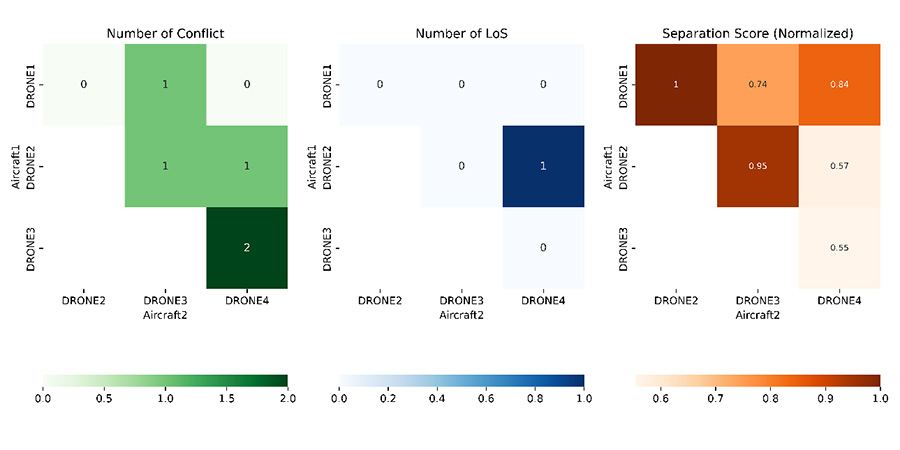Maintaining safe separation between aircraft is the number one function of air traffic management. With potentially large number of drones seeking access to low-level airspace, researchers in the SESAR U-space USEPE project are investigating solutions to ensure safe separation between these vehicles at all times.
With so many drones expected to enter the airspace in the coming years, what needs to be done to ensure their safe integration and movement?
The integration of drones in the airspace is one of the most revolutionary events for air traffic management (ATM) since the beginning of its implementation. ATM systems must be adapted to the new reality that’s ahead us. Drones will fly at very-low level (VLL) altitudes, surrounded by infrastructures, near hospitals and densely populated areas, experiencing local weather conditions like turbulent winds. This new paradigm calls for the development of safety management methodologies for drones both at strategic and tactical operation phases of flight, to ensure safe separation between vehicles at all times.
How does USEPE propose to manage drone separation?
Before coming forward with a solution, we reviewed existing separation methods and assessed whether they met drone stakeholder requirements. The conclusion of this initial work was that these methods did not come up to scratch. Building on this investigative work, we have developed a new separation method called the dynamic density corridor concept (D2-C2), which provides new functionalities for strategic and tactical de-confliction services in urban and suburban VLL environments. In this context, the airspace is organised in dynamic segments (volumes) and high-speed corridors using predefined geo-vectoring rules. Dynamic segments allow a rapid, flexible, and efficient reconfiguration of the airspace according to the traffic density and drones performances, while high-speed corridors allow the movement of drones in larger trajectories, sharing the same heading, reducing potential conflicts between the vehicles.
What are the areas under investigation by the project?
USEPE is not only investigating approaches for a safe separation but is also exploring the use of machine learning (ML) algorithms serving several purposes, for example to help identify in advance conflicts using a recurrent neural network (RNN) algorithm The developed ML engine provides an automated quantitative assessment of separation management.
In addition, USEPE is investigating how the wind field shield could affect the drone’s operations in the urban area. Furthermore, USEPE has produced a common metric for measuring and comparing drone traffic densities.
Implementation of these features haven been included as new modules to the open-source air traffic management (ATM) simulator BlueSky and will be publicly available.

Who is involved in your project? Why is it important to have a variety of stakeholders?
USEPE project brings together seven beneficiaries from different European countries including industries, technological centers, local authority representatives, and university parties. It is essential to have such a variety and balanced consortia to put together the necessary knowledge and expertise to fulfill all the USEPE challenging objectives. Close cooperation has been taking place with an external Stakeholder Advisory Group and through an initial survey and workshop with the rest of stakeholders.
Cities, citizens and drone operators will be the main beneficiaries of USEPE results.
More about the project
More about U-space
